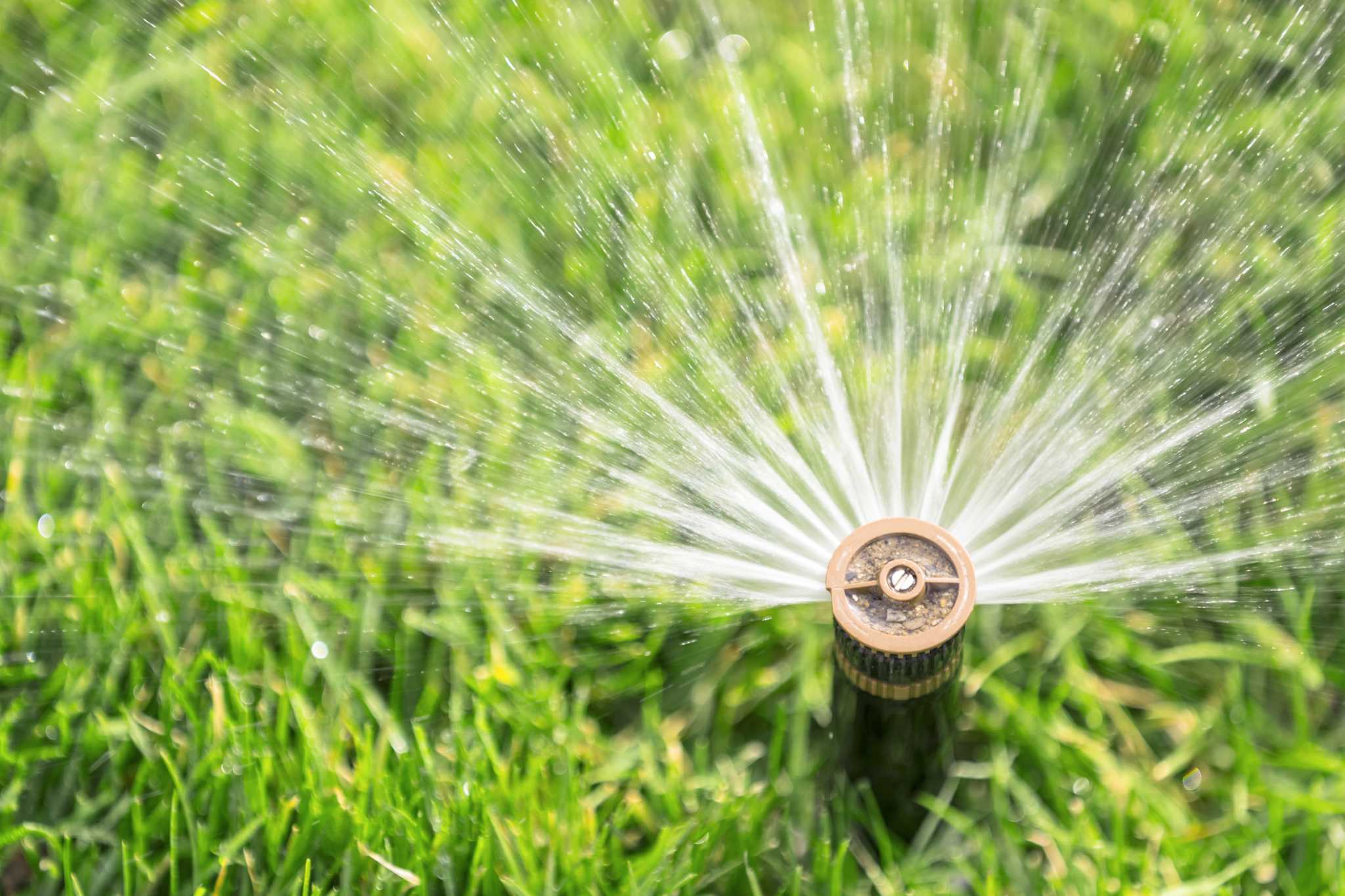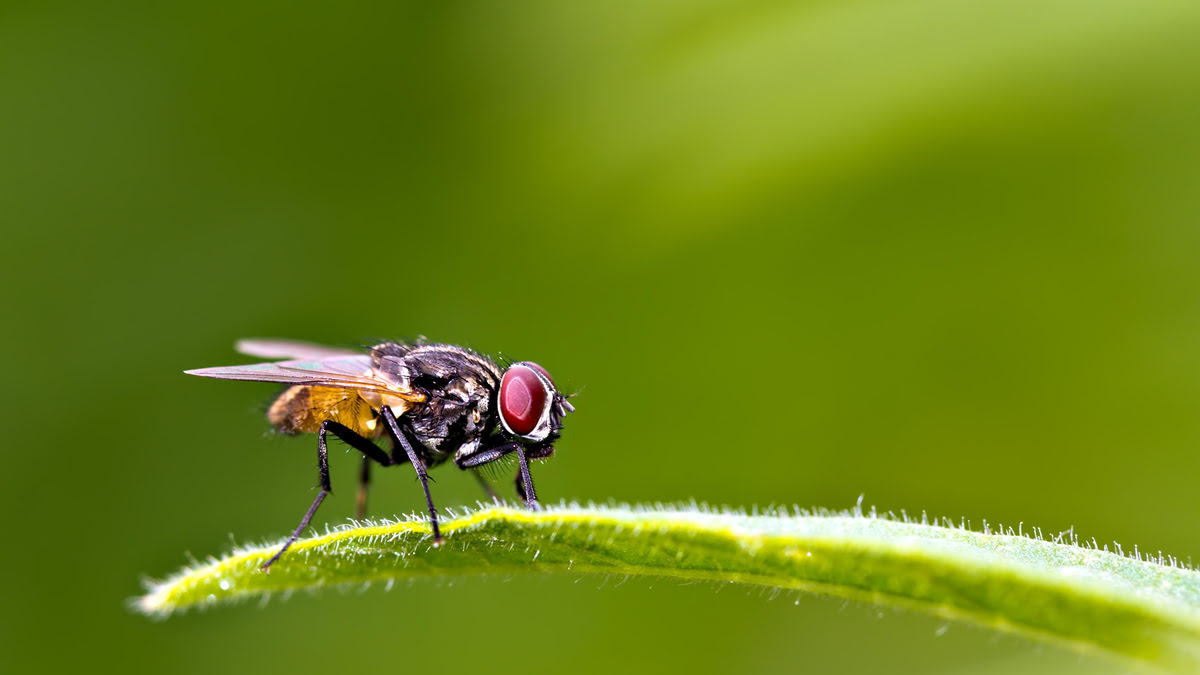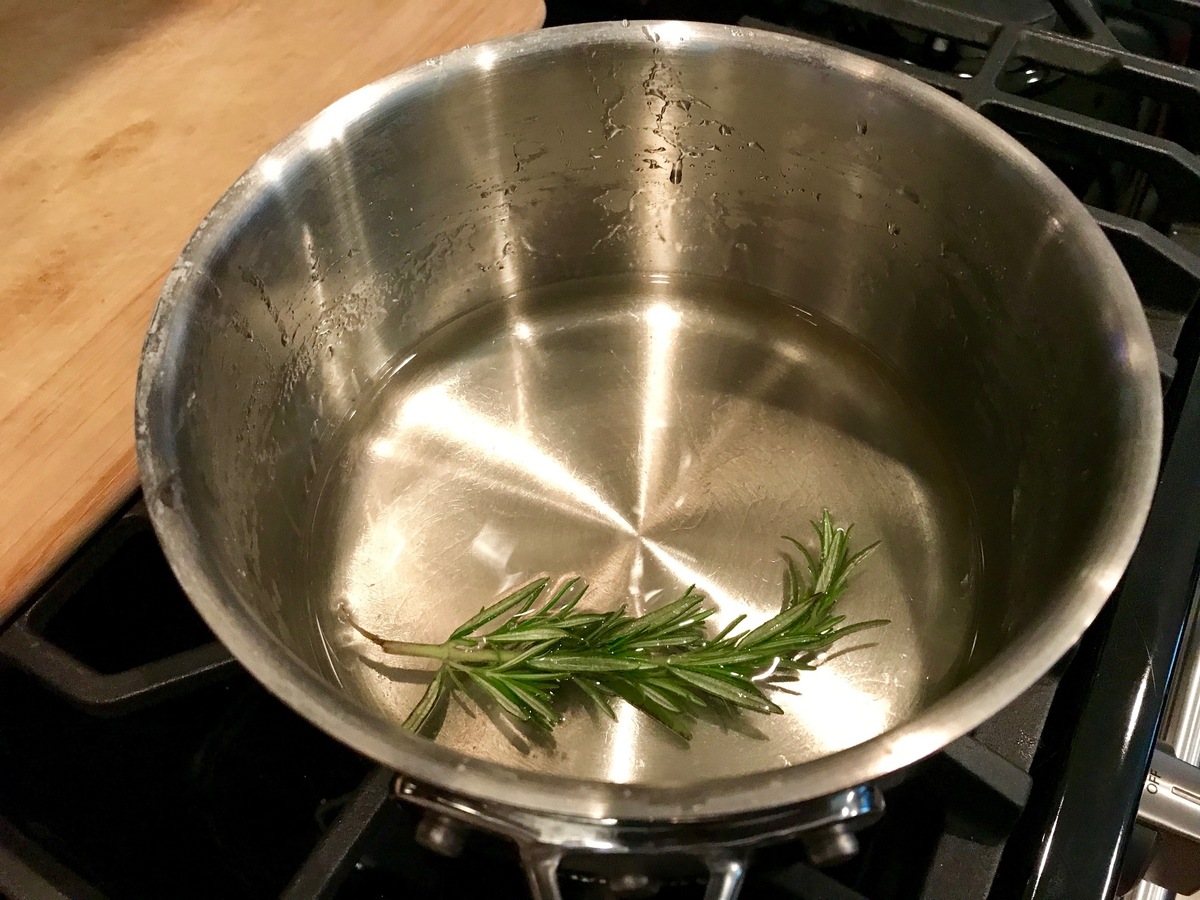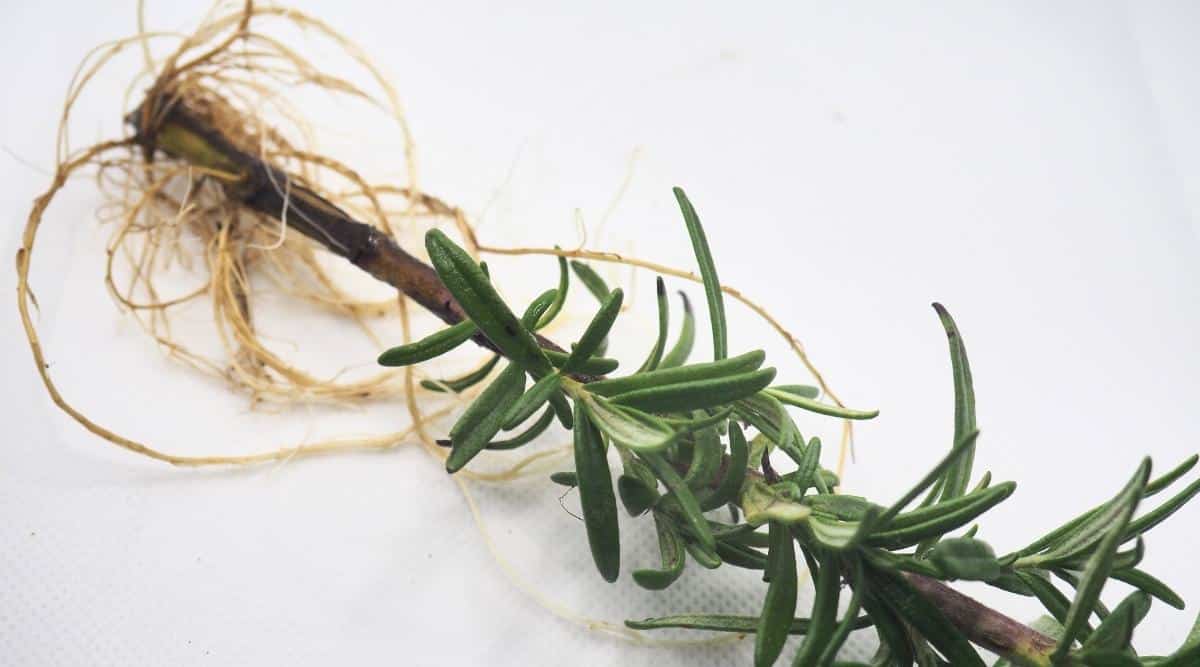Home>Gardening Tips and Tricks>Eco-Friendly Gardening>How Do I Know If My Roots Are Damp In High-Pressure Aeroponics System


Eco-Friendly Gardening
How Do I Know If My Roots Are Damp In High-Pressure Aeroponics System
Modified: January 22, 2024
Discover how to identify damp roots in a high-pressure aeroponics system for eco-friendly gardening. Learn key tips and solutions.
(Many of the links in this article redirect to a specific reviewed product. Your purchase of these products through affiliate links helps to generate commission for Chicagolandgardening.com, at no extra cost. Learn more)
Table of Contents
Introduction
Welcome to the world of high-pressure aeroponics, where innovative gardening techniques meet the power of technology. This groundbreaking approach to cultivation harnesses the potential of misted nutrients, delivering them directly to plant roots suspended in air. High-pressure aeroponics systems have revolutionized the way we nurture plants, offering numerous advantages such as efficient nutrient absorption, accelerated growth, and water conservation.
In this article, we will delve into the intricacies of high-pressure aeroponics systems, exploring the unique challenges they present and the methods for ensuring optimal root health. Specifically, we will focus on the critical issue of damp roots, a condition that can impede plant growth and vitality if left unchecked. By understanding the signs of damp roots, learning how to monitor moisture levels, and implementing preventive measures, you can cultivate a thriving aeroponic garden while avoiding the pitfalls of excessive root moisture.
Whether you are a seasoned aeroponics enthusiast or a newcomer intrigued by the potential of this cutting-edge gardening method, this guide is designed to equip you with the knowledge and tools necessary to maintain a healthy and vibrant aeroponic garden. Let's embark on this journey of discovery, uncovering the secrets of moisture management in high-pressure aeroponics and cultivating a flourishing oasis of greenery and sustainability.
Understanding High-Pressure Aeroponics Systems
High-pressure aeroponics systems represent a pinnacle of innovation in the realm of soilless gardening. Unlike traditional hydroponic or soil-based cultivation methods, aeroponics suspends plant roots in a nutrient-rich mist, providing direct access to essential elements for growth. These systems typically utilize a high-pressure pump to atomize nutrient solutions, creating a fine mist that envelops the roots, allowing for efficient nutrient absorption and oxygenation.
The key components of a high-pressure aeroponics system include a reservoir for nutrient solution, a high-pressure pump, misting nozzles, and a root chamber where plants are suspended. The nutrient solution, often enriched with essential minerals and microorganisms, is pressurized by the pump and delivered to the misting nozzles, where it is transformed into a cloud-like mist. This mist envelops the suspended roots, ensuring that each plant receives an optimal blend of nutrients and oxygen, promoting robust growth and development.
One of the defining features of high-pressure aeroponics is the ability to deliver nutrients directly to the roots in a highly oxygenated environment. This targeted approach facilitates rapid nutrient uptake, enabling plants to thrive in a controlled and resource-efficient setting. Additionally, the aeroponic method conserves water by minimizing waste and evaporation, making it an environmentally sustainable choice for gardening enthusiasts.
By harnessing the power of high-pressure aeroponics, gardeners can cultivate a wide range of plants, from leafy greens and herbs to fruiting crops and ornamental species. The versatility and efficiency of these systems make them an attractive option for both commercial growers and home gardeners seeking to maximize their yields while minimizing resource consumption.
Signs of Damp Roots in High-Pressure Aeroponics
While high-pressure aeroponics systems offer numerous benefits, they also present unique challenges, particularly concerning root health. One of the primary concerns in aeroponic gardening is the potential for roots to become excessively damp, which can lead to a range of detrimental effects on plant growth and vitality. Recognizing the signs of damp roots is crucial for maintaining a thriving aeroponic garden and addressing moisture-related issues promptly.
One of the telltale signs of damp roots in a high-pressure aeroponics system is the presence of slimy or discolored root tissues. When roots are consistently exposed to excessive moisture, they may become waterlogged and prone to rot, manifesting as a slimy texture and off-coloration. Additionally, plants with damp roots may exhibit stunted growth, yellowing or browning of leaves, and a general lack of vigor. These symptoms can indicate that the root system is struggling to cope with an overly moist environment, hindering nutrient uptake and overall plant health.
Another indicator of excessive root moisture in aeroponic systems is the development of algae or fungal growth in the root chamber. The presence of algae or fungi can be attributed to the high humidity and nutrient-rich conditions within the root chamber, creating an environment conducive to their proliferation. These organisms can outcompete plant roots for nutrients and oxygen, leading to diminished growth and compromised root health.
Furthermore, a noticeable increase in the frequency of root chamber misting cycles or excessive condensation within the growing environment may signal elevated moisture levels that could negatively impact root health. Monitoring the misting patterns and environmental conditions in the root chamber can provide valuable insights into the moisture dynamics affecting plant roots in a high-pressure aeroponics system.
By remaining attentive to these signs and promptly addressing any indications of damp roots, gardeners can take proactive measures to safeguard the health and vitality of their aeroponic plants, ensuring optimal growing conditions and robust root development.
Methods for Checking Moisture Levels in Aeroponic Systems
Effectively monitoring moisture levels is essential for maintaining a balanced and healthy growing environment in high-pressure aeroponic systems. By employing various methods to assess moisture levels, gardeners can gain valuable insights into the root chamber’s conditions and make informed adjustments to optimize plant growth and root health.
One of the primary methods for evaluating moisture levels in aeroponic systems involves utilizing moisture meters designed specifically for hydroponic and aeroponic applications. These meters, equipped with sensors tailored to measure moisture content in soilless growing mediums, provide accurate readings of the root chamber’s moisture levels. By inserting the moisture meter’s probe into the growing medium surrounding the plant roots, gardeners can gauge the moisture content and make informed decisions regarding misting frequency and nutrient delivery.
Another effective approach for assessing moisture levels in high-pressure aeroponic systems is to closely observe the behavior of plant roots and the appearance of the root chamber. Healthy roots in an aeroponic system should exhibit a vibrant white coloration and firm texture, indicating optimal moisture levels and oxygenation. Conversely, roots that appear discolored, slimy, or exhibit signs of rot may indicate excessive moisture and the need for adjustments to the misting regimen.
Furthermore, monitoring the humidity levels within the root chamber can offer valuable insights into the overall moisture dynamics affecting plant roots. Utilizing hygrometers or humidity sensors enables gardeners to track relative humidity levels and identify potential fluctuations that may impact root health. By maintaining an optimal humidity range, gardeners can mitigate the risk of excessive moisture accumulation and its associated challenges.
Regular visual inspections of the root chamber and misting nozzles can also provide valuable information about moisture distribution and potential issues such as clogging or uneven misting. Observing the presence of excessive condensation, particularly in conjunction with the aforementioned signs of damp roots, can prompt adjustments to the misting system to ensure uniform and controlled nutrient delivery to the plant roots.
By integrating these methods for checking moisture levels and remaining vigilant in monitoring the root chamber’s conditions, gardeners can proactively manage moisture dynamics in high-pressure aeroponic systems, fostering optimal root health and robust plant growth.
Preventing Damp Roots in High-Pressure Aeroponics Systems
Proactive measures to prevent damp roots in high-pressure aeroponics systems are essential for maintaining optimal root health and promoting vigorous plant growth. By implementing targeted strategies to manage moisture levels and mitigate the risk of excessive root moisture, gardeners can cultivate a thriving aeroponic garden while minimizing the challenges associated with damp roots.
One effective approach to prevent damp roots in high-pressure aeroponics systems is to fine-tune the misting schedule and duration based on the specific requirements of the plant species being cultivated. Different plants may have varying moisture needs, and adjusting the misting frequency and duration can help maintain an optimal balance, preventing excessive moisture accumulation around the roots.
Additionally, optimizing the nutrient delivery system by ensuring that the misting nozzles are positioned to provide uniform coverage and distribution of the nutrient mist can help prevent localized moisture buildup and promote consistent nutrient uptake by the plant roots. Regular maintenance of the misting nozzles to prevent clogging and ensure proper functioning is crucial for preventing moisture-related issues in the root chamber.
Employing a well-designed root chamber with adequate drainage and airflow can contribute to mitigating the risk of damp roots in high-pressure aeroponics systems. Ensuring that the root chamber allows excess moisture to drain effectively and promoting airflow around the roots can help prevent waterlogging and create a conducive environment for healthy root development.
Furthermore, integrating beneficial microorganisms and root inoculants into the nutrient solution can support a balanced and resilient root microbiome, potentially reducing the risk of pathogen-related issues associated with excessive root moisture. These beneficial microbes can contribute to overall root health and help mitigate the impact of excessive moisture on root systems.
Regular monitoring and maintenance of the high-pressure aeroponics system, including inspecting for potential leaks, ensuring proper functioning of the high-pressure pump, and maintaining the nutrient solution’s optimal composition, are essential for preventing damp roots and addressing any underlying issues that may contribute to excessive moisture in the root chamber.
By combining these preventive measures and maintaining a proactive approach to moisture management, gardeners can create an optimal growing environment in high-pressure aeroponics systems, fostering healthy root development and robust plant growth while minimizing the risk of damp roots and their associated challenges.
Conclusion
High-pressure aeroponics systems represent a revolutionary approach to plant cultivation, harnessing the power of misted nutrients to nurture thriving gardens in a soilless environment. While these innovative systems offer unparalleled efficiency and nutrient delivery, they also present unique challenges, particularly concerning root health and moisture management. Recognizing the signs of damp roots, implementing methods to assess and regulate moisture levels, and integrating preventive measures are essential for maintaining a balanced and optimal growing environment in high-pressure aeroponics systems.
By understanding the potential indicators of damp roots, such as slimy or discolored root tissues, stunted growth, and the presence of algae or fungi, gardeners can proactively address moisture-related issues and safeguard the health of their aeroponic plants. Employing methods to check moisture levels, including utilizing specialized moisture meters, observing root behavior, and monitoring humidity levels, provides valuable insights into the root chamber’s conditions and facilitates informed adjustments to the misting regimen.
Preventing damp roots in high-pressure aeroponics systems involves fine-tuning the misting schedule, optimizing nutrient delivery, ensuring proper drainage and airflow in the root chamber, and integrating beneficial microorganisms to support a resilient root microbiome. Regular monitoring and maintenance of the aeroponic system are crucial for addressing potential issues and maintaining an optimal growing environment.
By embracing these principles and practices, gardeners can cultivate vibrant and healthy aeroponic gardens, leveraging the transformative potential of high-pressure aeroponics while mitigating the challenges associated with excessive root moisture. With a proactive approach to moisture management and a commitment to nurturing robust root systems, high-pressure aeroponics enthusiasts can embark on a journey of sustainable and bountiful plant cultivation, reaping the rewards of this cutting-edge gardening method.




